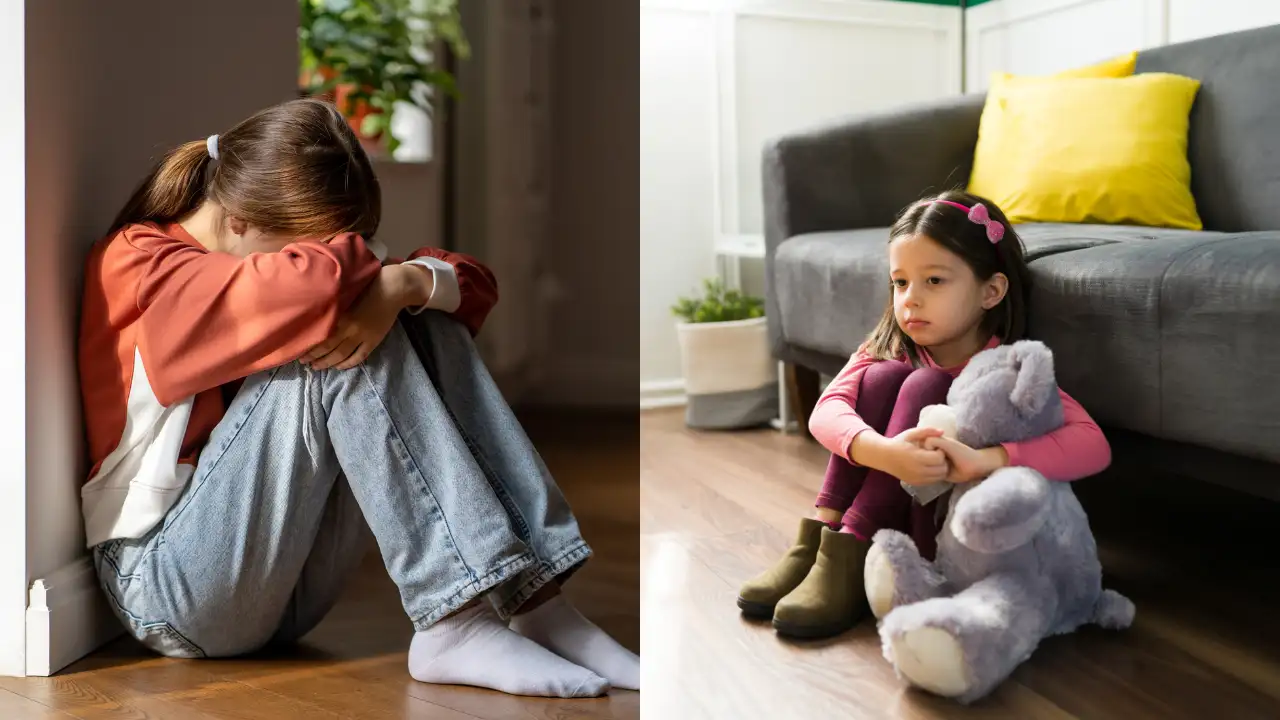Depression in children is real, and it often goes unnoticed. Unlike adults, children may not have the vocabulary or awareness to express what they’re feeling, making it harder to recognise the signs. What might look like mood swings or “just a phase” could in fact be a deeper mental health issue that affects every part of a child’s life—home, school, friendships, and beyond.
Dr. Himani Narula Khanna, a Developmental Behavioural Paediatrician and Adolescent Mental Health Expert, wants us to stop brushing it off as “just growing pains.” As Co-Founder of Continua Kids, she’s seen too many children silently battling depression while the world assumes they’re just being moody.
Childhood depression doesn’t always look like the adult version with its signature gloom and doom. While sadness might still make an appearance, Dr. Khanna says it's often irritability that takes centre stage. “You’ll find children snapping over small things, withdrawing from activities they loved, or suddenly struggling with eating and sleeping patterns. They may appear tired all the time, have difficulty focusing, and display very low self-esteem,” she explains.
These changes may seem subtle—easy to dismiss as hormonal chaos or the usual quirks of childhood. But Dr. Khanna urges parents to tune into how long these changes stick around. “If these symptoms last more than two weeks and begin to interfere with the child’s social life, school, friendships or family dynamics, it may be time to consider clinical depression,” she cautions.
Yes, children can be clinically depressed. Yes, even preschoolers. And no, they’re not ‘too young to have real problems.’
So what causes it? Turns out, depression comes in through a complex mix of genetic, psychological and environmental triggers. A family history of mental health issues, emotional trauma, bullying, chronic illness or stress at home or school can all stir the pot.
Dr. Khanna highlights an important distinction: “Mood swings might throw a tantrum and leave. Depression sticks around, quietly sabotaging the child’s ability to enjoy life, connect with others, or even function day to day.” When untreated, it doesn’t just fade into the background. It morphs—fueling poor academic performance, strained relationships, lifelong low self-esteem and, in older children, the potential for substance misuse or suicidal thoughts.
Catching it early changes everything.
A major part of this early detection is, unsurprisingly, you—yes, the grown-up in the room. Dr. Khanna believes that parents and carers play a key role. “Creating a non-judgemental environment and encouraging open communication gives children the confidence to talk about their feelings,” she says. Think of it as emotional first aid—start the conversation before the wound festers.
Of course, professional support matters. “If symptoms persist or worsen, seek help from a mental health professional. Cognitive Behavioural Therapy (CBT) is very effective, and medication can be used carefully when required,” says Dr. Khanna. She also suggests creating a healthy home environment with consistent routines and behaviour modification strategies.
Ultimately, recognising depression in children is about listening—really listening—when they’re not using words. It’s about learning the language of silence, irritability and avoidance. Because childhood is not immune to emotional darkness. But with timely intervention, support and a whole lot of empathy, Dr. Khanna assures us, kids can come through stronger.
